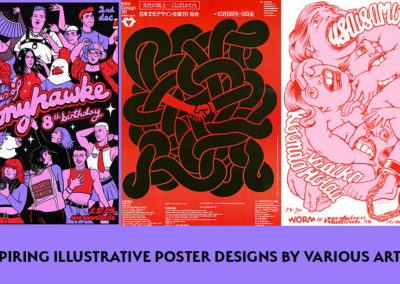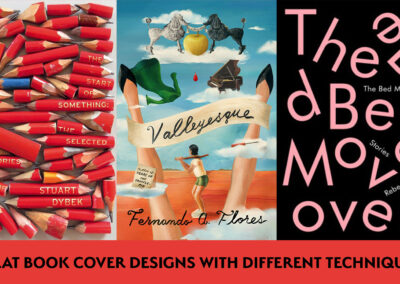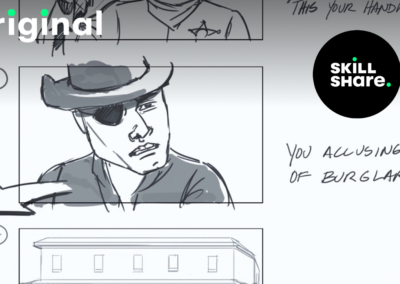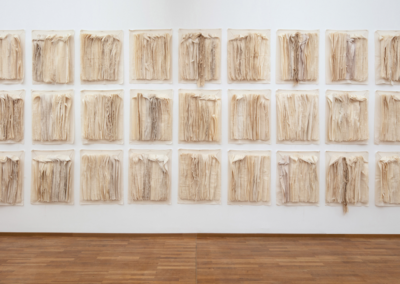We all know that Japanese culture has always had a deep fascination with robots and technology, as displayed throughout the years in a lot of its media. This interest is particularly visible in Anime and Manga, where representations of technology are so persistent that it has been assigned its own genre, as well as its own designated artists.
Mechanical designers are artists who visualize and create the look of the subject they are designing, focusing on robots, ships, and other mechanical devices. Much like character designers, they are responsible for conceptualizing and bringing these ideas to life. Mechanical designers can be tasked with producing design ideas in their initial stages of creating numerous detailed copies of the design from various angles, all with the aim of providing the animators with reference pictures.
This specification is sometimes referred to as Mecha Design, which is a term that also refers to the style of Anime that revolves around robots and mechanical innovation themes.
In celebration of this genre we, Wacom, in partnership with Pixiv and Clip Studio Paint, have organized talks specifically dedicated to mechanical design in Japanese art as part of our online event Manga & Anime Days.
But before we delve into mecha art today, let’s talk about how it all began.
The mecha style of anime became increasingly popular following the end of World War II. Followed by a period of post-war anxiety, Japan began to experience a boom of technological growth and turned towards mechanical advancements as a way to rebuild its economy and self-image.
It is this optimistic view of technology that inspired artists in the 1950s to explore these themes in Anime and allowed them to create series that lay the foundations of what would become the mecha genre today.
Some of the main elements you would find in mecha are cyborgs, androids, space crafts, and space stations. However, the most prominent feature in mecha are robots, some of which are controlled by humans, while others have a life of their own or exist in constant battle with monsters. The type of robot may also vary from series to series, some giant and war-like, while others take on a more human appearance. Similarly, the adventures and characters of these robots can present very different characteristics, with some series offering robots with human emotions and others focusing on the element of battle between robots. This last scenario was the most commonly exported to the West, particularly with the growing popularity of robot toys and model kits inspired by the famous mecha series.
What we find particularly captivating about this genre is the element of imagination and ambition that is needed to create a world that exists beyond the limitations of science and engineering. Also, as mecha was born out of comics and animation, rather than novels and short stories like its counterparts in the West, it offered freer and more accessible narratives, leaving more space for artists to experiment. Japanese mecha designers created robots and machines that could fly, jump, transform and feel, steering away from the constraints of real-life technology and establishing a whole new cultural phenomenon that expanded across the world. Today, the number of series, toys, games, comics, stamps, art, and advertising starring mecha-style robots can only demonstrate how influential this artistic movement has become.
There is no one way to create mechanical designs, as each artist has their own style and oftentimes needs to respond to the needs of the publisher, production team, or partners. However, what is common amongst all mecha designers is how skillfully they manage to combine real-world hardware with their imagination. The result is a form of machinery that maintains huge amounts of authentic detail while simultaneously showcasing the artist’s unique style. Despite this attention to detail, it’s important to remember that these designs aren’t necessarily practical or made to be real-sized working machines, so the specific features of the drawings are based on personal aesthetic preferences. This includes the choices made around shapes and proportions, the use of symmetry, and the component elements that can be added to the main mech design. The important thing is remembering that the job of the mechanical designer is to keep the animator in mind at all times, as they are the ones who will be bringing their drawings to life.
By now we can easily say that it is no secret that the mecha genre is very broad, ranging from robots to cars, and covering an extended lifetime from World War II to the modern-day. Therefore, it is very easy to get lost in its vast universe and feel unsure about where to start your career journey as a mechanical designer. For this reason, Wacom and its partners are excited to present a unique opportunity to discover everything about mechanical design in Japanese art. On the 29th of July, as part of Wacom’s Manga & Anime Days online event, conversations with experts will allow you to learn more about their personal experience and get a glimpse into their creative process.
Mechanical Design in Japanese Art will feature: artist AF_Kuro, known for his work as a product designer in YAMAHA Motor Co.ltd, as well as a freelance artist, character designer, and product designer; Ewokaku PETER, a freelance designer who works as a designer for props and vehicles, and known as a mechanic designer for the anime Wonder Egg Priority and tabletop game Dragon Gyas; and PALOW, a character designer and illustrator, best known for his character design work in the League of Legends 2018 animation, HAL Tokyo’s 2016 TV commercial, and the Mushi Mecha Musume Series.
You can watch this engaging online panel discussion for free and broaden your knowledge about mechanical design and its roots in Japanese art.







